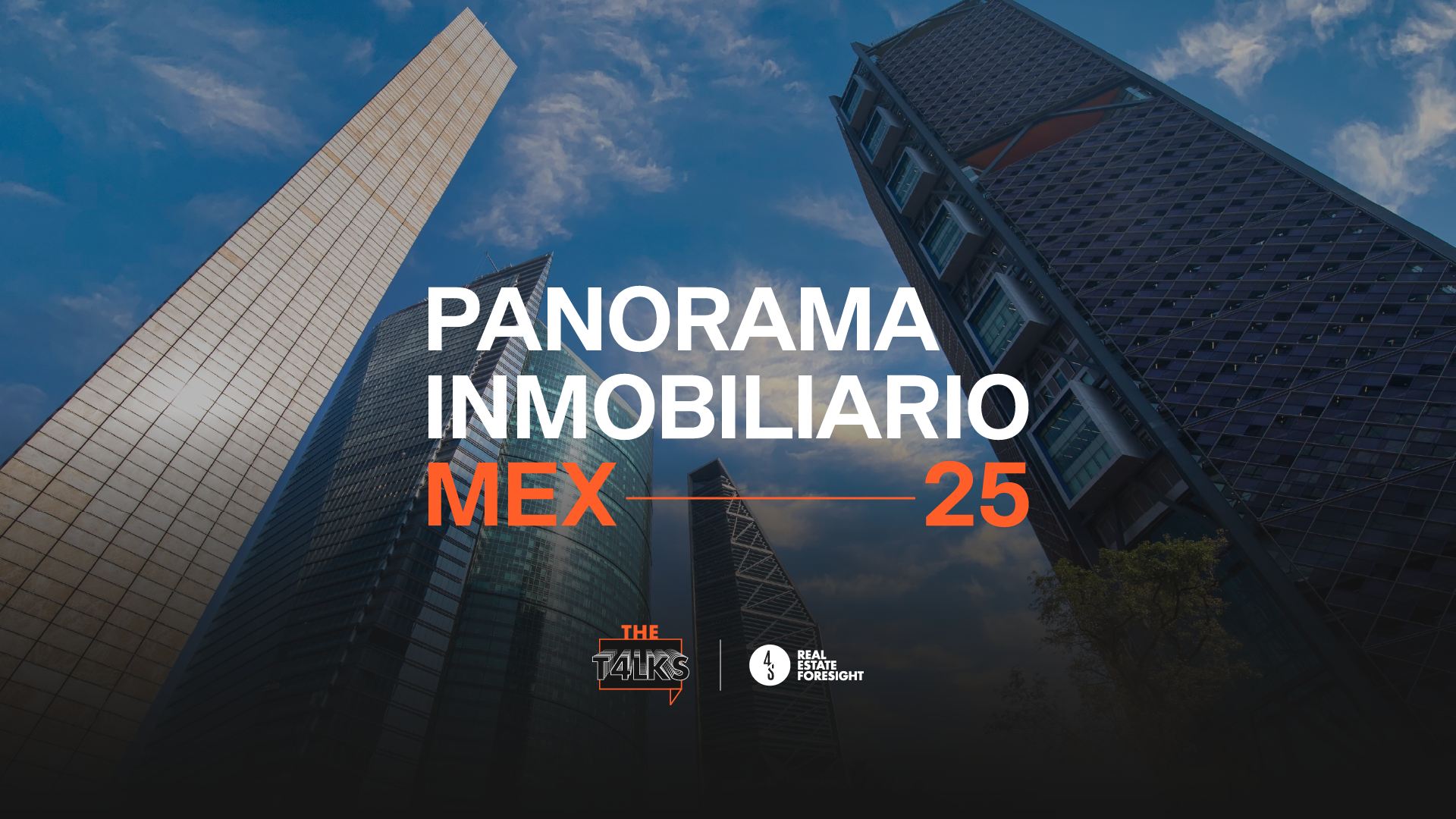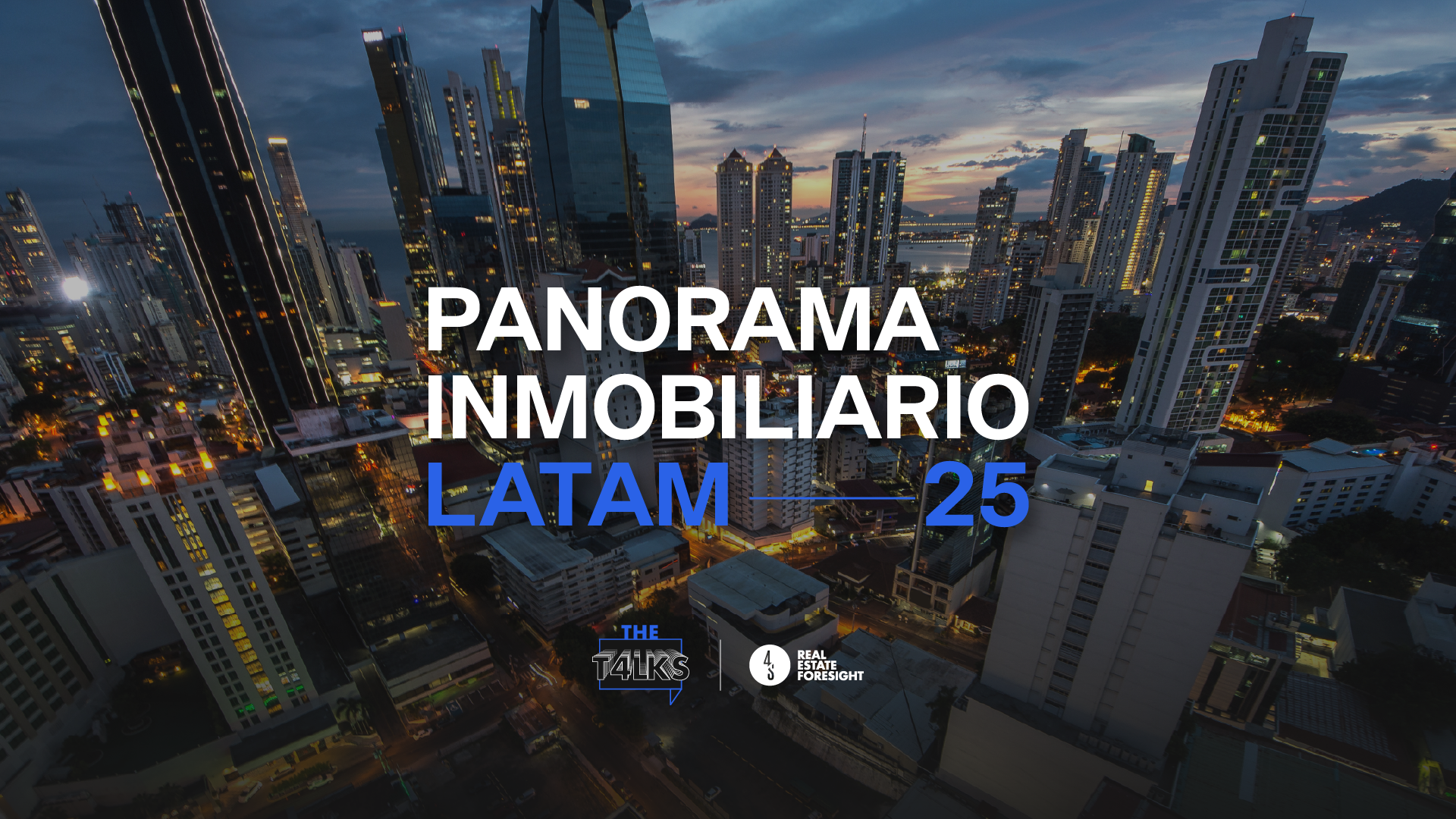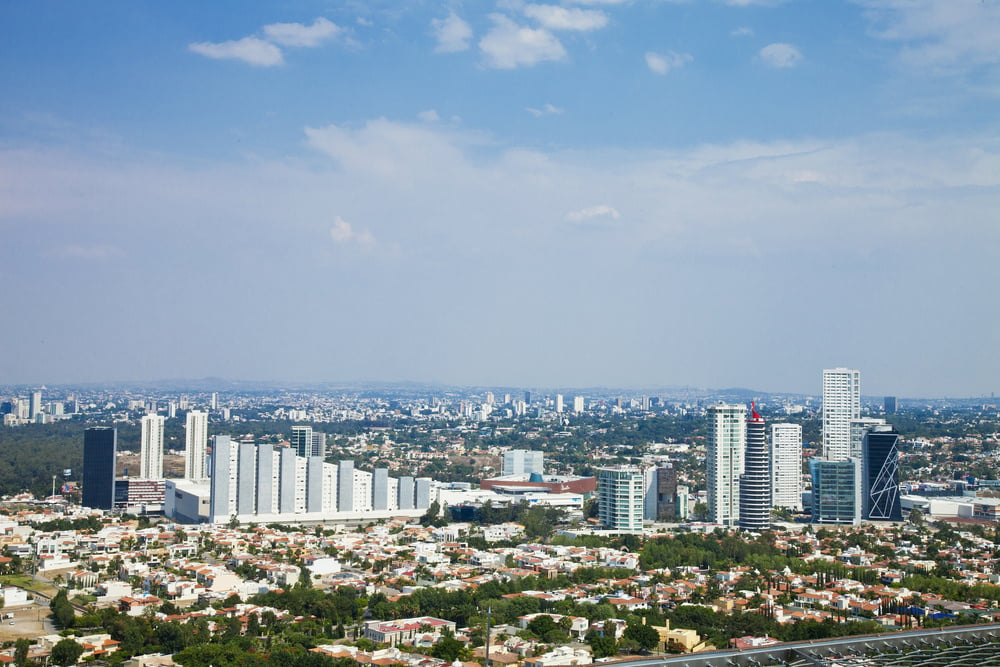Real Estate is a boring industry. I could even argue that it is one of the slowest industries in terms of innovation. I usually refer to it as the dinosaur industry. Gigantic investments that look like something you could see millions of years ago. Ok, not millions, but try tens of years ago…
The truth is that real estate is not moving at the same speed as the rest of the world. And while sillicon valley has us thinking in artificial intelligence and mars, the real estate guys are still creating the same 1994 projects.
So here we are, in a post digital world with a pre digital city.
What can we do?
We believe a lot. And before I start with some ideas, let me just introduce myself. My name is Carlos Muñoz 4S. I am the cofounder of Grupo 4S, the largest innovation consultancy worldwide focused exclusively on real estate projects. Our company has around 300 consultants and has worked in thousands of projects in 18 countries, mostly in Latin America. We were founded in Mexico but we aspire to be in 40 countries by 2025. We are not an architecture firm or a marketing agency. We are real estate thought leaders focused on design thinking and disruptive innovation.
So how can we bring real estate into the future?
The answer is by questioning value. How can we add more value per square foot? If we truly believe that there is more to do in terms of value, then we can pursue an innovation process to improve real estate development teams. We are not talking about architecture, we mean product value. Let me give you some examples.
1. Communities vs buildings
Most real estate developers think in buildings. We believe that the starting point should be communities. How can we create a sense of community in every project we develop? We have created demographic driven communities and tribal communities. Imagine a community targeted exclusively at starter families or a condo building focused on sporty women. How does refining your target change your design process? We believe that in real estate, who is more. When you truly know your customer, your architecture talent can grow exponentially. If you narrow your market you can multiply your value creation.

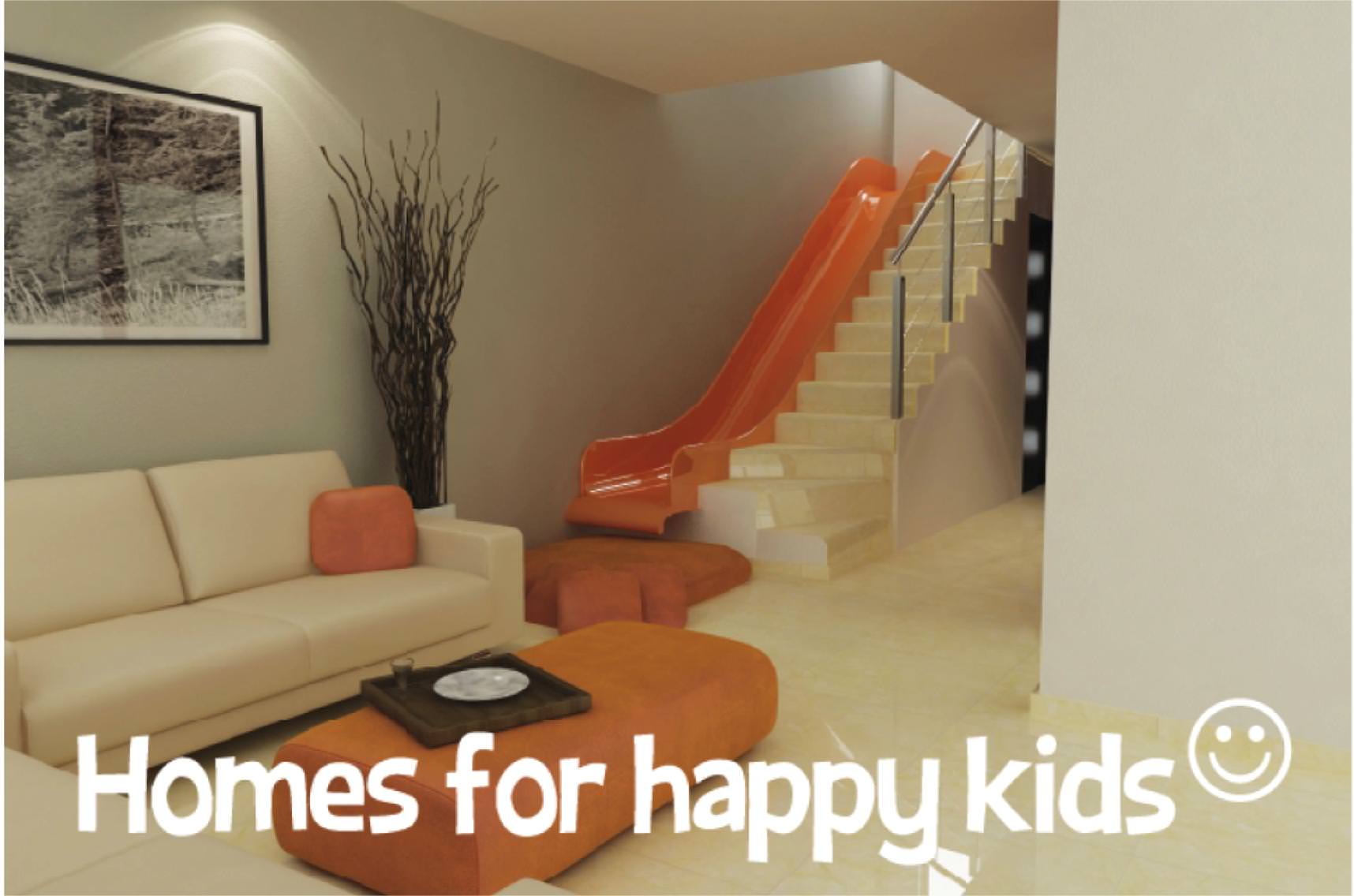
2. Generosity at ground
The main driver of economic value in real estate is public space. And although we think we know this, when design teams are working in a project, public space is the final item in the project to-do-list. When you aspire to create more value, the design process has to be turned upside down. We take pride in investing time and energy into what really matters. But public space is not only about parks and open spaces, it’s about what you do within it to engage, connect and entertain the community. Cinemas, markets, local exhibitions, food vans and classes are just some of the platforms available to create tribal third places.
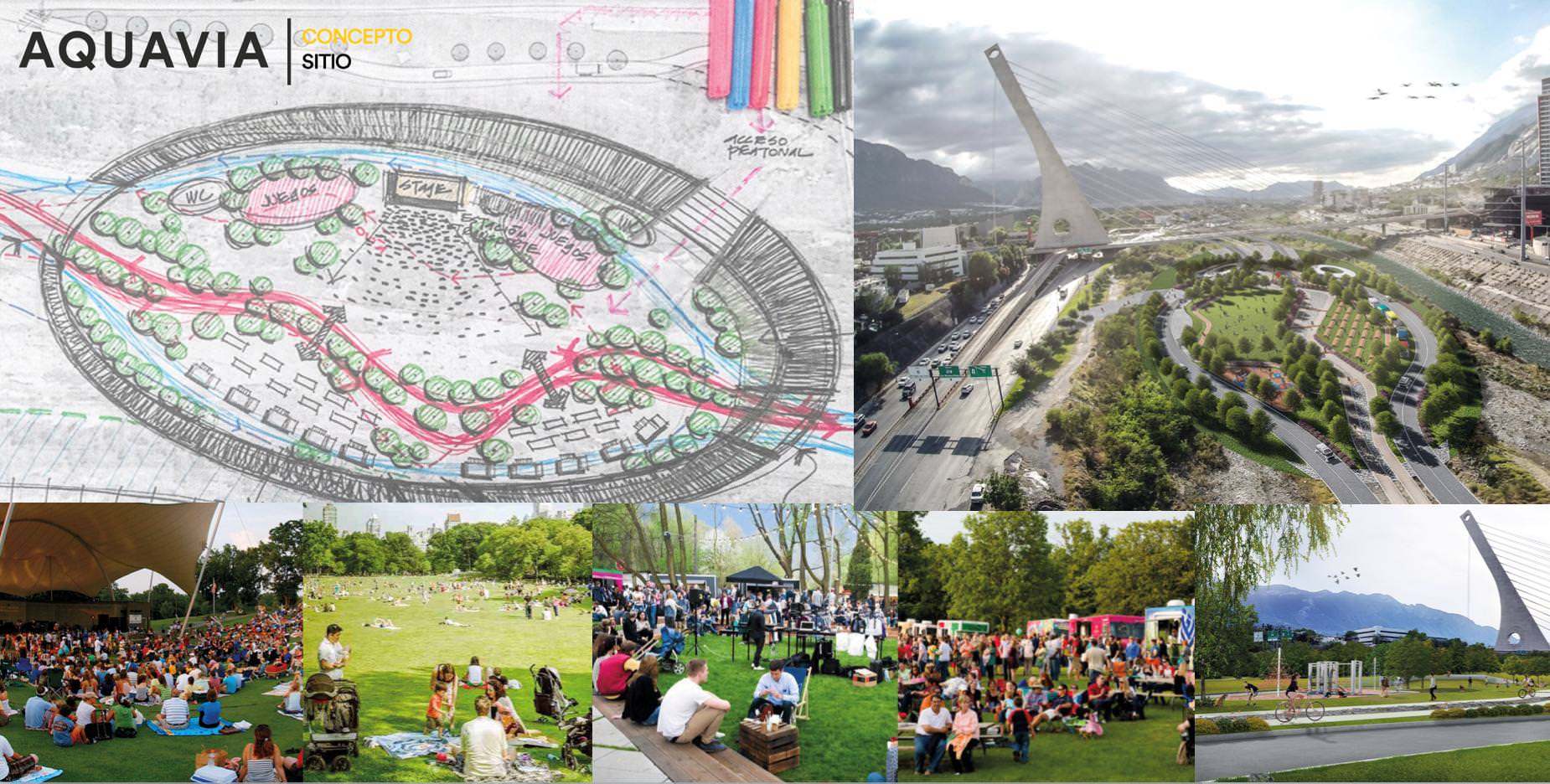
3. Flexibility and adaptability
Demographics today have so many different angles. Our society has changed drastically in the last three decades. As we push marriage and kids further down the road and increase longevity and divorce rates people are just living differently. And real estate has been rigid, not allowing for product flexibility. So how can we create flexibility even through the rigidness of our materials? Architecture thinks of projects as finished artworks. We think of them as eternal works in progress.
 4. Life improvement
4. Life improvement
Homes are viewed as a sort of container for life. You have everything you need there. But what happens when you look at homes as a way of improving life? You would have to think of what part of your life needs improving. Do we need more exercise? A better diet? More learning time? When you take an onthological approach you realize that what you design ends up actually designing yourself in the future. So let’s re-imagine a design starting point where your new desired habits are the architects inspiration.
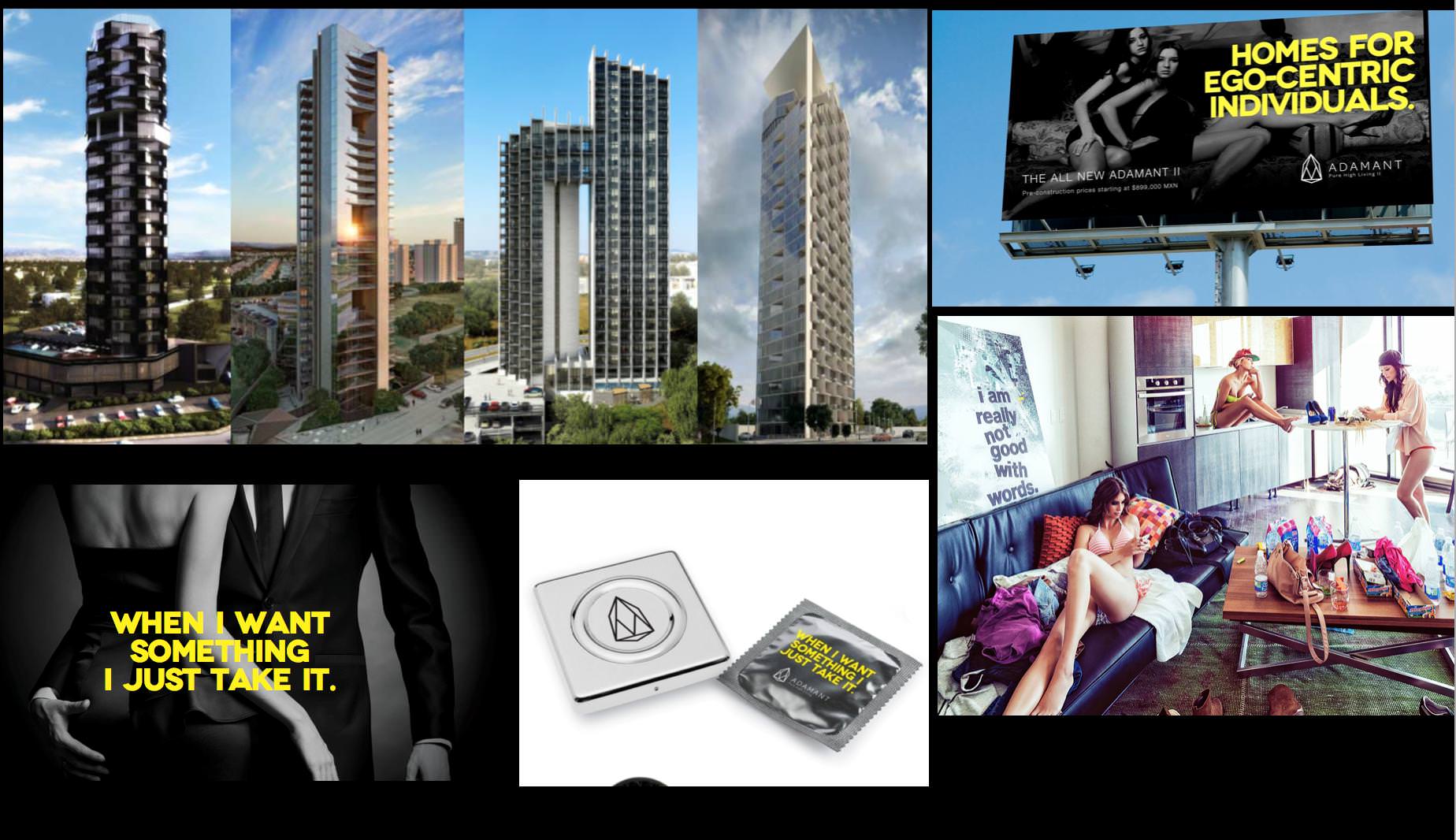
5. Tech and sustainability
Proptech is the ultimate buzzword in real estate. It gets a lot of attention and media coverage, but if you happen to go to a real estate conference you really can’t believe how all the conundrum disappears. It’s like two different dimensions. On one side, startups and funds working on real estate technologies and ventures; on the other, developers just fighting for market survival with past products. How can we bridge the gap between technology for the future and present value? If technology passes away so fast, how can it be included in the design process of something that will be completed in 2-3 years? Solve the riddle and you will find another value key there.
These are just 5 ways we are fighting the dinosaur. As you can imagine, it is not an easy fight. And as I have found out, it’s a numbers game. Usually when I give a keynote presentation out of 100 real estate developers, 80 will believe this is nonsense. They do not feel a need to change. Another 18 are interested but believe that timing is not there yet. And a mere 2/100 are ready to commit to innovation. This article is aimed at those 2. Unfortunately we need thousands of readers to find them.
Sorry for the stolen time, my dear dinosaurs.
If you’re one of the 2 disruptive developers, please contact me at: carlos@grupo4s.com
*Carlos Muñoz 4S is Latin America’s most renowned real estate innovation expert. He is the author of 5 books including The future of Real Estate (available in Amazon).
 Regresar
Regresar

